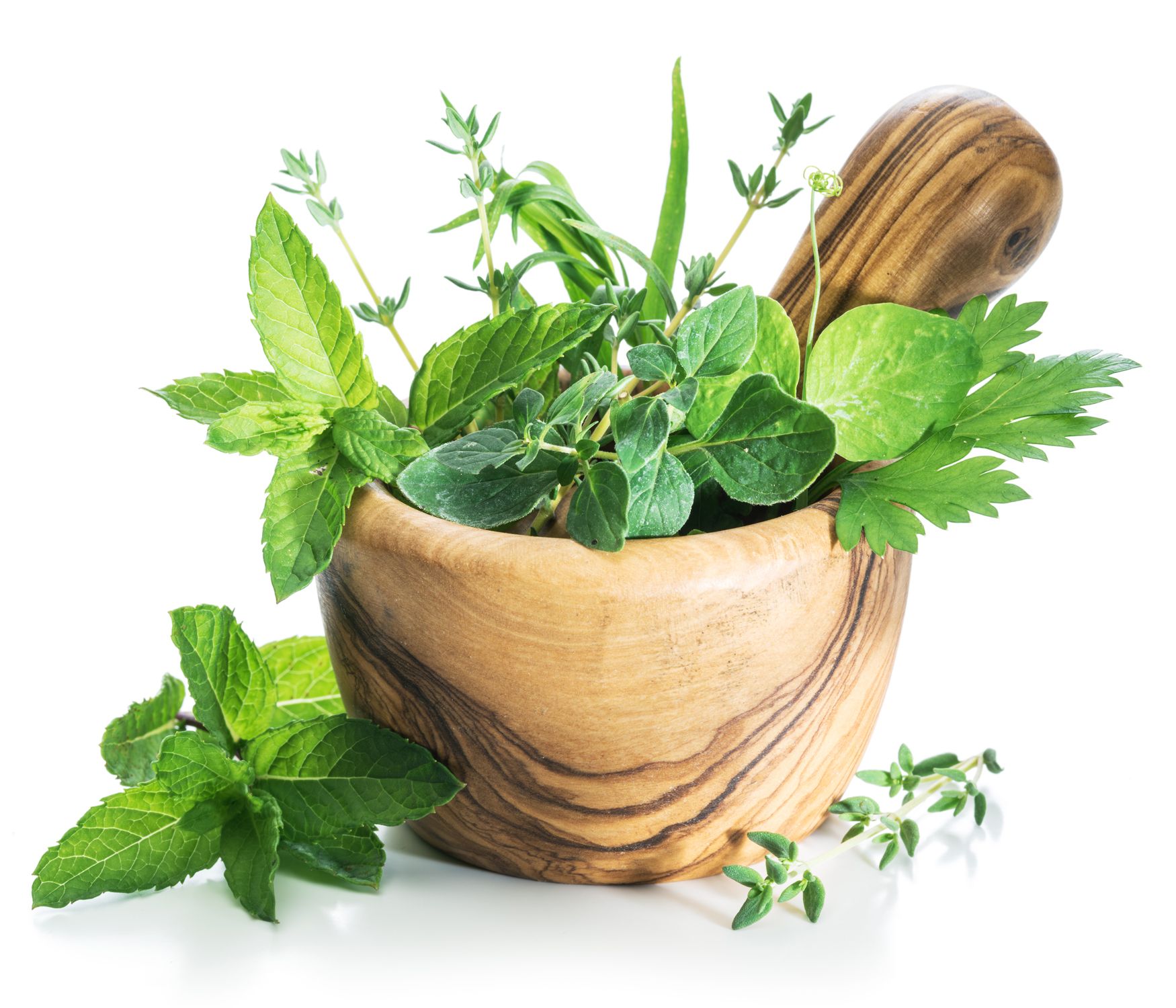Plant a Natural Meadow Garden


An interview with Mike Lizotte about seeds, wildflowers, and planting a meadow garden
Have you ever dreamed of growing a wildflower garden? If so, you are not alone. Natural-looking flower gardens are more popular than ever. In fact, wildflower gardens (also called meadow gardens) are trending all over social media.

Mike Lizotte is the author of "Mini Meadows: Grow a Little Patch of Colorful Flowers Anywhere Around Your Yard." He is also the owner of American Meadows, a top source for wildflower seeds including regional seed mixes that make it easy to grow a mini wildflower garden.
The Q&A that follows are valuable tips on growing a meadow garden.
Can anyone grow a meadow garden?
Absolutely. My definition of a ‘meadow’ certainly includes large, sprawling spaces. So, if you have an acreage property with a large plot of land, count yourself fortunate. But a 50-square-foot-patch of dirt can also be a great place for a mini wildflower garden—that’s why I wrote my book!

As long as you have somewhere you can sprinkle some seeds and give them a little TLC, you can grow a wildflower garden.
How much space do you really need?
You could grow a fabulous wildflower garden on an acre or land or in a 1,000 square feet garden plot. But you can also plant wildflower seeds in a planter box. No area is too big or two small to add some seeds and create some beauty in your world.
When I hear the word “meadow,” I think of green grass and wildflowers. Is that what a meadow garden is?
Our specialty at American Meadows has always been offering seed mixes to create color and beautification with a focus on flowers. That said, adding grasses for texture or aesthetic purposes could certainly be incorporated into any meadow or wildflower garden.
What are the top benefits of growing a meadow garden or a wildflower garden?
Less watering, less maintenance and beautification are usually in the top three. Over the last few years, people seem more in tune with what is happening around them. They seem more environmentally aware, and they are looking to do something “good through gardening.”
Creating a meadow garden provides the perfect solution. It can be achieved at various budgets levels.
It’s fun, it’s educational and a wildflower garden can provide years of enjoyment while making a positive impact on the environment.
Where do you get the seed?
It’s important to work with a reputable seed company if you’re thinking about adding a meadow to your property. There is a big difference in the seed and products a company like American Meadows or Prairie Moon Nursery sells versus what you might find at your local big box retailer.

What’s the best time to plant?
The two most popular times to plant a wildflower garden are spring and fall. The majority of novice and new gardens will usually gravitate to spring planting. But the more experienced gardeners know that fall presents the perfect ‘second season’ for planting.
How long does it take to establish a wildflower garden?
That depends on what you are trying to achieve with your garden and the flowers that you include. If you want instant gratification—flowers during the first year—you need to incorporate some annuals such as cosmos, zinnias, sunflowers and poppies. For lasting color year after year, then you would plant perennials.
There are other questions you need to ask yourself. Do you want to attract pollinators? Do you have deer present on your property? Do you need short-growing plants because you are growing a mini-wildflower garden in a container or planter box?
Again, I can’t help but plug my own company, americanmeadows.com to help sort your confusion.
We can help you design or recommend the exact mix to help you achieve your gardening goals.
How much maintenance is involved?
One appeal of a wildflower garden is the small amount of care and maintenance that is involved once it is established. Depending on your meadow and the lifecycle of the flower species you have planted, I recommend cutting your meadow garden down once a year.

Mowing your wildflower garden will help disperse ripened seeds that the flowers produce each year. This can be done late in the growing season (November or December) or you can keep the flower heads and stalks through the winter.
The flower heads provide food and nesting habitat for pollinators and other critters. You can then cut your meadow back in the early spring. Wait until after at least a week or two of consistent 50-degree weather.
What’s your favorite thing about having a meadow?
I started it to attract pollinators. We now have an increase in pollinators on our property every year. I also enjoy teaching my 10-year-old daughter, Sadie, all about flowers, pollinators and all things gardening. The neighbors love the meadow, and it’s so much fun seeing the constant change all throughout the seasons.
What else does a newbie need to know?
There is some work involved, especially during the initial preparation of your meadow—you don’t just throw seeds out and—PRESTO!—you will have a blooming meadow in weeks.
But if you prepare the soil properly, you will be generously rewarded both in the short term and throughout the longevity of your garden. Check with your reputable seed company for step-by-step professional advice that puts you on a path to succeed.
Tags:Garden & Landscape

Acreage Life is part of the Catalyst Communications Network publication family.














